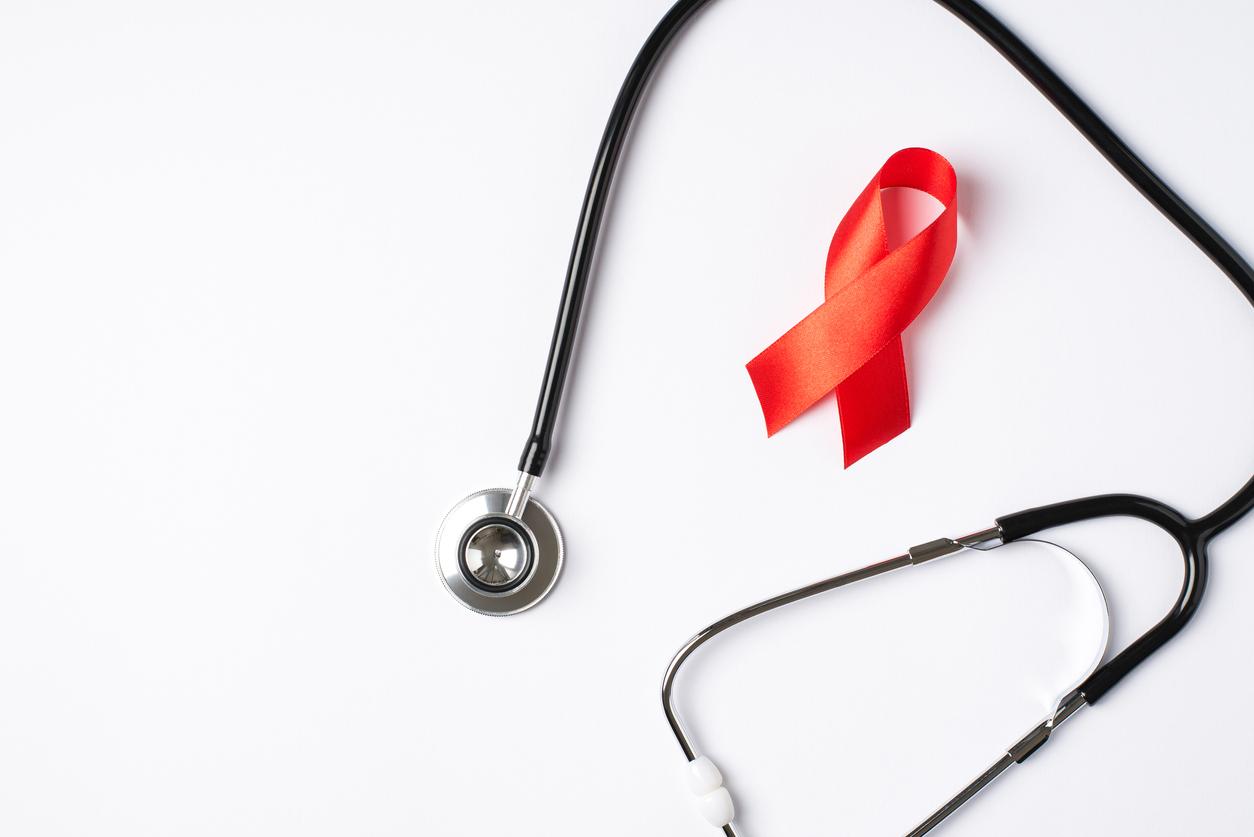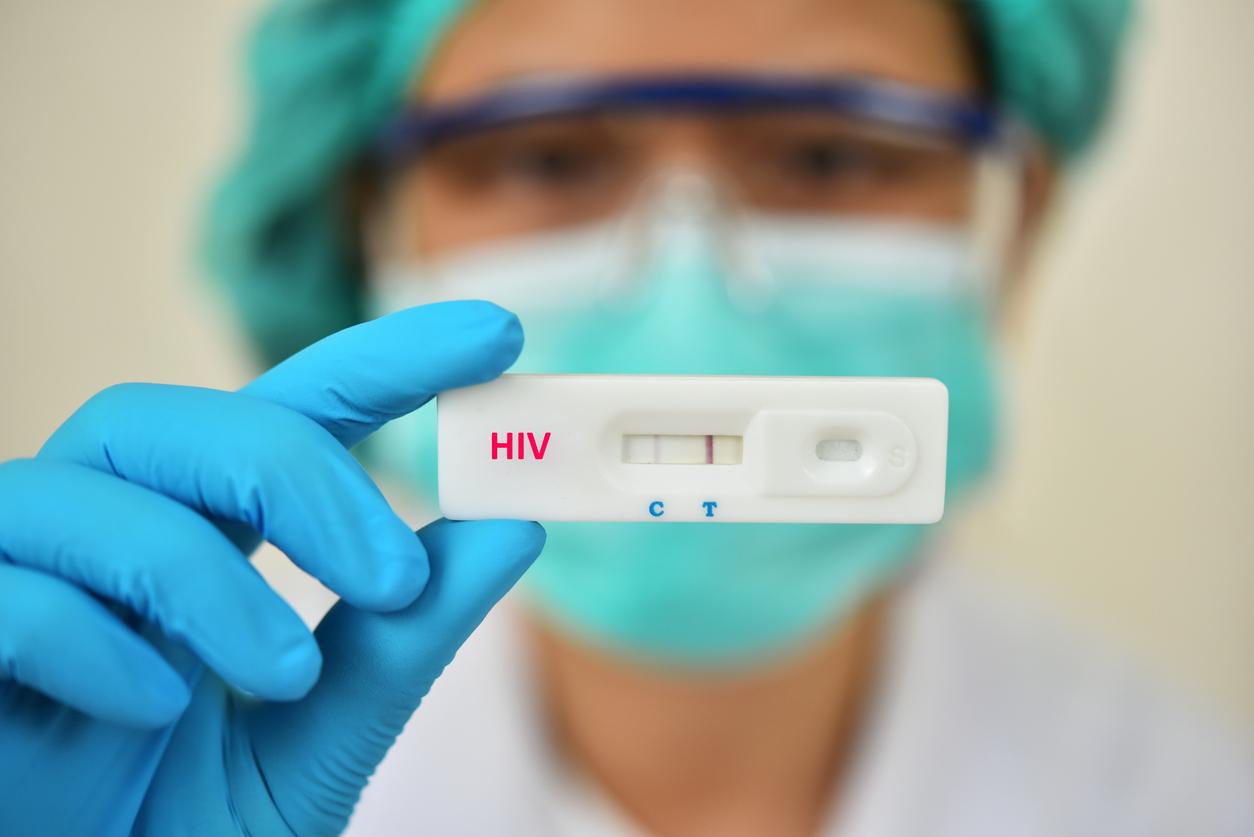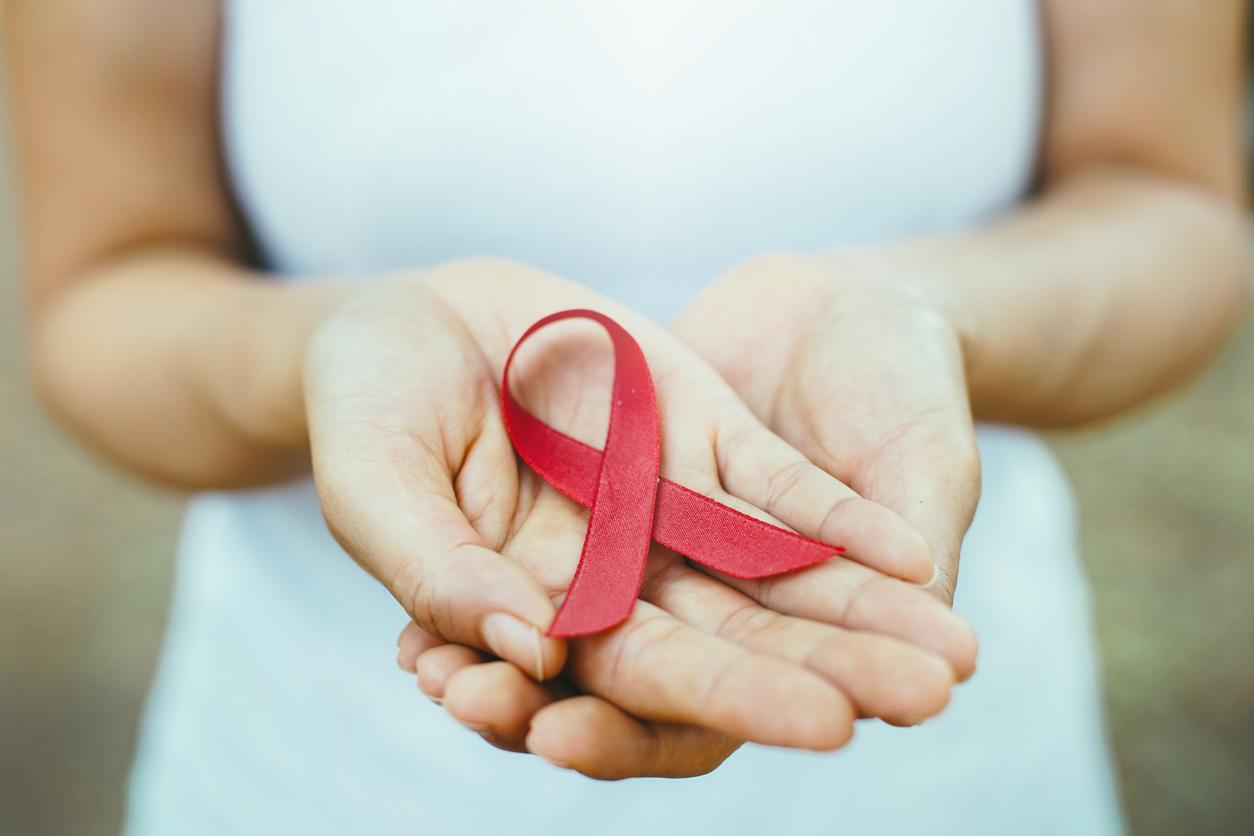According to a report from the European Center for Disease Prevention and Control (ECDC), much remains to be done to control the HIV epidemic in Central Asia and Europe.

- In 2022, approximately 39 million were living with human immunodeficiency virus. In France, around 5,000 new contaminations are recorded each year.
- Europe and Central Asia are two regions failing to meet UNAIDS targets to end AIDS by 2030.
- According to a report from the European Center for Disease Prevention and Control, nearly one in six people living with AIDS do not know their HIV status, only 85% of them are treated, far from the target of 95%. set for 2025.
39 million people were living with HIV at the end of 2022, according to the Joint United Nations Program on HIV/AIDS (UNAIDS). HIV, the human immunodeficiency virus, causes acquired immunodeficiency syndrome (AIDS), a disease that progressively weakens the immune system. The virus is mainly transmitted sexually, through contaminated blood or from mother to child during pregnancy, childbirth or breastfeeding. Despite advances in HIV prevention and treatment, the disease remains a major public health problem in many countries.
Global goals for combating HIV
Although the number of new HIV infections and AIDS-related death rates continue to decline in Europe and Central Asia, both regions are failing to meet UNAIDS targets to end AIDS by 2030.
According to a report from the European Center for Disease Prevention and Control (ECDC), only 83% of HIV-positive people know they are infected and only 85% of them are treated, far from the 95% target set for 2025. “ECDC data shows that testing and treatment services need to be expanded, and countries should consider implementing and scaling up innovative testing interventions, such as community and self-testing services”, we can read in the press release.
The report also highlights the need to end stigma and discrimination. “A significant percentage of those surveyed did not disclose their status to family or friends, with many also fearing differential treatment in health care settings”, underlines the ECDC.
AIDS: what is the situation in France?
In France, around 5,000 new contaminations are recorded each year, according to data from Public Health France. The time between HIV infection and diagnosis remains long and “can often reach three years“, precise the Pasteur Institute. This means that many people are living with the virus without knowing it, increasing the risk of transmission.
If no treatment is followed, acquired immunodeficiency syndrome (AIDS) appears approximately seven years after HIV infection. It corresponds to the moment when the immune system no longer functions, the T lymphocytes having mostly been destroyed by the virus. Because of this, infected people can develop so-called “opportunistic” diseases in the long term, because they are caused by micro-organisms which take advantage of the weakness of the immune system to develop. Among these opportunistic diseases, we include bacterial infections, fungal infections, viral infections and even certain types of cancers.


















